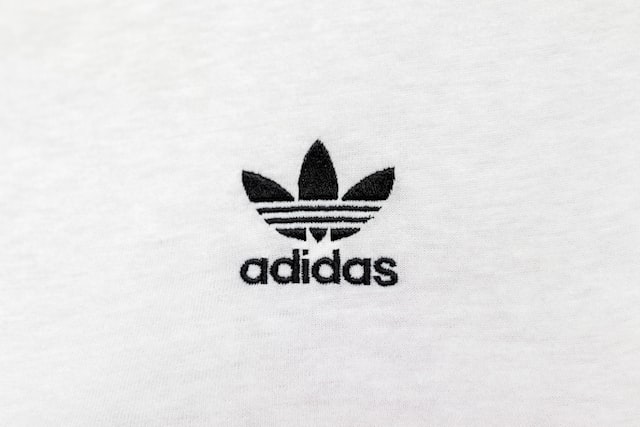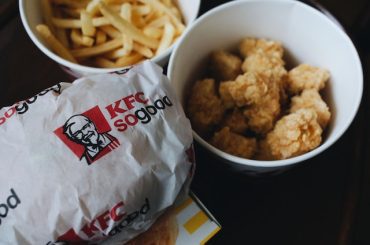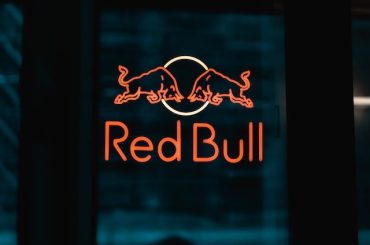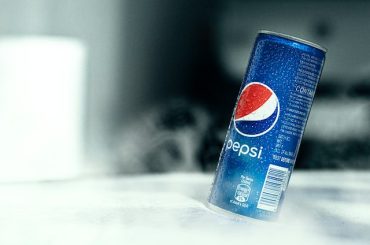Before we dive deep into the Marketing Mix (4Ps), let’s get the business overview of Adidas. Adidas is a global sports apparel and footwear company founded in Herzogenaurach, Germany, in 1949 by Adolf “Adi” Dassler.
Adidas is one of the world’s leading sports brands, offering a wide range of products, including shoes, clothing, and accessories for various sports and activities such as running, soccer, basketball, golf, and training.
Adidas operates under a multi-brand strategy, with several brands in its portfolio:
- Adidas: The core brand is known for its performance and sports-inspired products.
- Adidas Golf: This brand focuses on golf apparel, footwear, and accessories.
- Runtastic: A mobile fitness company acquired in 2015, offering fitness tracking apps and services.
Adidas operates through a global network, selling its products in more than 160 countries. The company has a combination of owned-retail stores, e-commerce platforms, and third-party retail partnerships, providing a solid distribution network to reach its customers. Adidas has also built a strong presence on social media and collaborates with various celebrities and sports icons to promote its products.
Adidas’ mission is to become the best sports company in the world by adhering to a strategic framework called “Creating the New.” This framework is built on three pillars:
- Speed: Accelerating processes and decision-making to become more agile and responsive to consumer needs.
- Cities: Focusing on key cities like New York, Los Angeles, London, Paris, Shanghai, and Tokyo, which influence global trends.
- Open Source: Collaborating with consumers, athletes, and partners to create innovative products and experiences.
Adidas is committed to sustainability and strives to minimize its environmental impact by using recycled materials, reducing carbon emissions, and promoting fair labor practices in its supply chain.
As of 2021, Adidas was the second-largest sportswear manufacturer globally, with a strong market presence and a growing focus on innovation and sustainability.
Financial Performance FY23: In euro terms, revenues declined 5% to € 21,427 million from € 22,511 million in 2022. In 2023, gross profit decreased 4% to € 10,184 million from € 10,644 million in 2022, while gross margin increased 0.2 percentage points to 47.5% (2022: 47.3%).
Three Stripes Business Model of Adidas
Here is the Marketing Mix (4Ps) of Adidas
A marketing mix, also known as the 4Ps of marketing, is framework marketers use to develop and implement effective marketing strategies. The concept helps businesses identify and optimize the key components necessary to promote and sell their products or services. The 4Ps of the marketing mix are Product, Price, Place, and Promotion.
In addition to the traditional 4 Ps, marketers have expanded their strategies by incorporating additional elements (People, Process & Performance) to help them better understand and reach their target audiences. But we will focus on the 4Ps as they still are the foundation of any marketing strategy. In this article, we will understand the marketing mix (4Ps) of Adidas.
What is a Marketing Mix? What are the 4Ps of Marketing?
Product
- Footwear: Adidas is well-known for its athletic shoes, designed for specific sports like soccer, basketball, running, tennis, and more. They also offer casual shoes and sneakers, catering to different styles and preferences.
- Apparel: Adidas manufactures a wide range of sportswear, including t-shirts, jackets, hoodies, shorts, and pants. They cater to both professional and amateur athletes and casual wearers.
- Accessories: The company offers various accessories, such as bags, socks, hats, gloves, and sports equipment like soccer balls and basketballs. These products complement their footwear and apparel offerings, enhancing the overall customer experience.
- Collaborations and Limited Editions: Adidas often partners with celebrities, fashion designers, and other brands to create unique, limited-edition products. These collaborations help the brand stay relevant and innovative in the marketplace.
- Innovation: Adidas focuses on innovation and technology to differentiate its products from competitors. The company invests heavily in research and development to create advanced materials, such as Boost cushioning and Primeknit fabric, which enhance the performance and comfort of their products.
- Sustainability: Adidas is committed to sustainability and has initiated various eco-friendly initiatives, such as using recycled materials in its products and partnerships with organizations like Parley for the Oceans.
Price
- Competitive Pricing: Adidas faces intense competition from other major sportswear brands like Nike, Puma, and Under Armour. The company ensures its prices align with rivals’ offerings while maintaining high quality and innovative product features to remain competitive. This strategy helps Adidas attract a broad customer base and retain market share.
- Market Skimming: Adidas adopts a market-skimming strategy for some of its new or innovative products. They initially set high prices to target early adopters and customers who value innovation and are willing to pay a premium. This strategy allows Adidas to capitalize on the novelty factor of these products and maximize profits. Adidas may gradually lower the price as the product matures to attract a broader customer base.
- Product Line Pricing: Adidas offers various products at varying prices, catering to different customer segments. This includes entry-level products for budget-conscious customers, mid-range products for the average consumer, and high-end products for those seeking premium quality and performance. By offering products at different price points, Adidas ensures that it appeals to a diverse customer base.
- Promotional Pricing: Adidas occasionally uses promotional pricing strategies, such as discounts, sales, or bundled offers, to boost sales or clear inventory. These promotions help to attract price-sensitive customers and encourage them to try Adidas products.
- Geographic Pricing: Adidas also considers regional differences and adapts its pricing strategy accordingly. This includes considering factors like currency exchange rates, regional competition, and local taxes to ensure its products are competitively priced in each market.
Place
Adidas employs a multi-channel distribution strategy, which includes the following:
- Retail Stores: Adidas operates its own branded stores worldwide, including flagship stores, concept stores, and factory outlets. These stores provide an immersive shopping experience, allowing customers to interact with the brand and explore its full product range. In addition, Adidas products are also available in multi-brand stores and department stores, expanding their reach to potential customers.
- Online Store: Adidas has a strong e-commerce presence through its official website, which allows customers to shop for products from the convenience of their homes. The online store offers a wide range of products, easy navigation, secure payment options, and convenient delivery services. The company also partners with various e-commerce platforms, such as Amazon and Zalando, to extend its online reach further.
- Wholesale Distribution: Adidas partners with numerous distributors and retailers worldwide, ensuring its products are available in various markets. This extensive distribution network helps the company maintain a robust global presence and cater to diverse customer segments.
- Collaborations and Partnerships: Adidas often collaborates with other brands, retailers, and designers to create unique, limited-edition products. These collaborations are typically distributed through the partner’s channels, giving Adidas access to new customer segments and enhancing its brand image.
- Regional Adaptation: Adidas also adapts its distribution strategy to cater to different regions’ unique characteristics and preferences. This includes tailoring product offerings, store formats, and distribution channels to meet local market needs.
Promotion
- Advertising: Adidas uses various advertising platforms, such as television, print, radio, billboards, and digital media, to reach its target audience. The company creates visually appealing and impactful ads that convey its brand message and showcase its innovative products. Adidas often features celebrity athletes, influencers, and creative collaborations in its advertising campaigns to enhance its brand image and appeal to a broader audience.
- Sponsorships and Endorsements: Adidas partners with prominent athletes, sports teams, and events as a part of its promotional strategy. These sponsorships and endorsements help the brand gain visibility, credibility, and association with top-performing athletes and prestigious events. Some notable partnerships include soccer teams like Real Madrid and Manchester United and athletes like Lionel Messi, James Harden, and Naomi Osaka.
- Social Media and Influencer Marketing: Adidas has a strong presence on various social media platforms, such as Instagram, Facebook, Twitter, and YouTube, engaging with its audience through creative content, product launches, and interactive campaigns. The company collaborates with influencers and content creators to generate buzz around its products, reaching new audiences and encouraging user-generated content.
- Public Relations: Adidas maintains a proactive public relations strategy, which includes press releases, media events, and interviews to create and maintain a positive brand image. The company also participates in industry events, trade shows, and conferences to showcase its products and engage with industry professionals.
- Sales Promotions: Adidas uses promotions, such as discounts, seasonal sales, and special offers, to incentivize customers and drive sales. These promotions can attract price-sensitive customers and encourage the trial of new products.
- Corporate Social Responsibility: Adidas is committed to social and environmental initiatives, such as using sustainable products, reducing its environmental footprint, and supporting local communities. These activities help to build a positive brand image and resonate with customers who value socially responsible brands.











